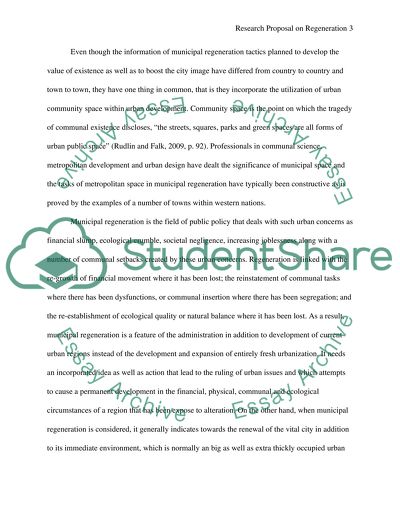Cite this document
(“Municipal regeneration Coursework Example | Topics and Well Written Essays - 2000 words”, n.d.)
Retrieved from https://studentshare.org/sociology/1396601-municipal-regeneration
Retrieved from https://studentshare.org/sociology/1396601-municipal-regeneration
(Municipal Regeneration Coursework Example | Topics and Well Written Essays - 2000 Words)
https://studentshare.org/sociology/1396601-municipal-regeneration.
https://studentshare.org/sociology/1396601-municipal-regeneration.
“Municipal Regeneration Coursework Example | Topics and Well Written Essays - 2000 Words”, n.d. https://studentshare.org/sociology/1396601-municipal-regeneration.


